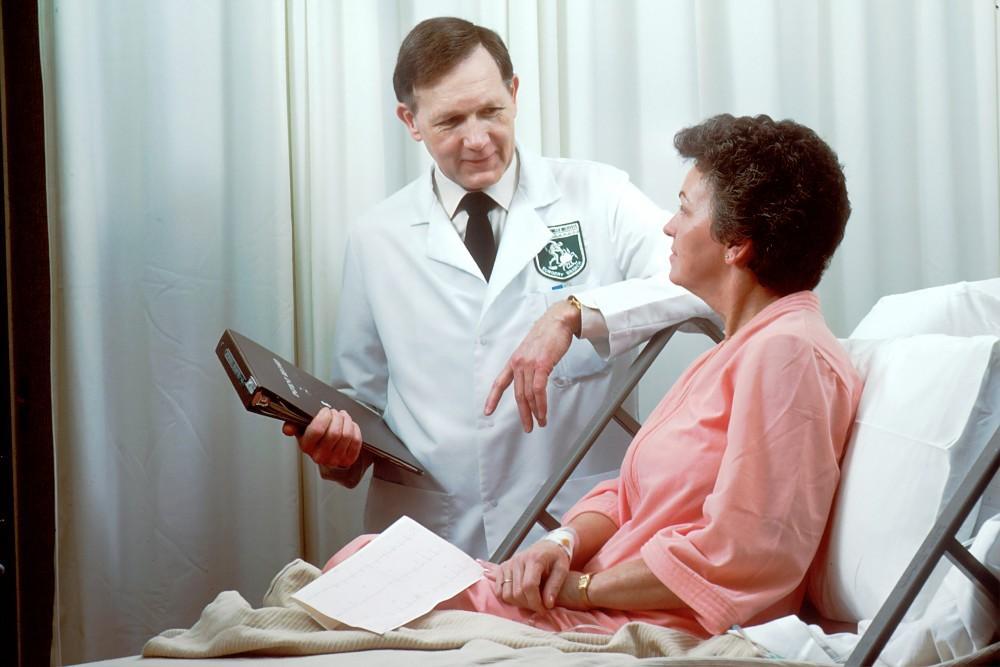As we enter into the New Year 2021 with joy, let\’s not forget the 13,000 women who are diagnosed with cervical cancer each year in the United States. This disease, although deadly in early stages, is highly preventable and treatable.
January has been declared as the official National Cervical Health Awareness Month by the United States Congress to increase the understanding of the disease, its prevalence and to help women adopt certain practices to keep themselves safe.
Let us get into the depths of cervical health to spread knowledge about the disease and share tips on how you can help yourself or the women around you.
Understanding Cervical Cancer
A type of cancer that occurs in the cervix (the part of the uterus that connects to the vagina) is called cervical cancer. The main cause of cervical cancer is sexual activity that transmits HPV (human papillomavirus).
Typically, female bodies are equipped with immune systems that respond to HPV and prevent it from causing any harm. However, in a small percentage of people, HPV survives for years and cause cervical cells to change their DNA mutation and become cancer cells that can invade the nearby tissues and organs.
Types of Cervical Cancer
There are two main types of cervical cancer: adenocarcinoma and squamous cell carcinoma. The former cancer type begins in the glandular cells that line the cervical canal in columns. The latter is the most common cervical cancer. It begins in the flatlining of squamous cells in the outer part of the cervix that is supposed to protect the vagina.
Common Symptoms of Cervical Cancer
There are rarely any symptoms or signs displayed when cervical cancer is in its early stages. This is the reason why you must keep getting regular screening and tests (more on this later).
However, in advanced stages, cervical cancer shows the following symptoms:
- Pelvic pain
- Pain during sexual intercourse
- Bloody/watery vaginal discharge with a foul smell
- Blood discharge from the vagina after sexual intercourse, after menopause or in-between menstruation periods
Cervical Cancer Prevention
To reduce your risk of developing cervical cancer, you should take the following steps and pledge to tell others about them this National Cervical Health Awareness Month:
1. Quit Smoking
There is scientific evidence that smoking in women can cause squamous cell carcinoma. If you smoke, speak to your doctor about strategies to quit the habit. If you don\’t smoke, don\’t start. You\’ll be putting your life at risk.
2. Get Routine Pap Tests
When you turn 21, get your first routine pap test and repeat it after every few years. A Pap test can spot cancerous (even precancerous) conditions in your cervix if they exist. These conditions can be monitored and, in many cases, even be treated for the prevention of cervical cancer.
3. Practice Safe Sex
Using a condom each time you have sex and limiting your number of sexual partners can reduce your chances of catching HPV. Put safe sex practice on the table and discuss them with your partner to reduce the risk of sexually transmitted diseases.
4. Consult Your Doctor about HPV Vaccine
Getting an HPV vaccine can reduce your chances of contracting cervical cancer or other HPS-related cancers. Ask your doctor whether an HPV vaccine is a suitable option for you as a prevention method.
Join irvingprimarycare.com to Spread Awareness
Extend your support to the National Cervical Health Awareness Month this January by adorning a teal ribbon and joining irvingprimarycare.com. Together, we can educate people about the importance of safe sex practices and the dangers of cervical diseases.
Contact irvingprimarycare.com by calling on (469)262-5762) or visit our website to reserve your spot for STD screening and treatment, vaccination or an annual checkup with one of our professionals.

